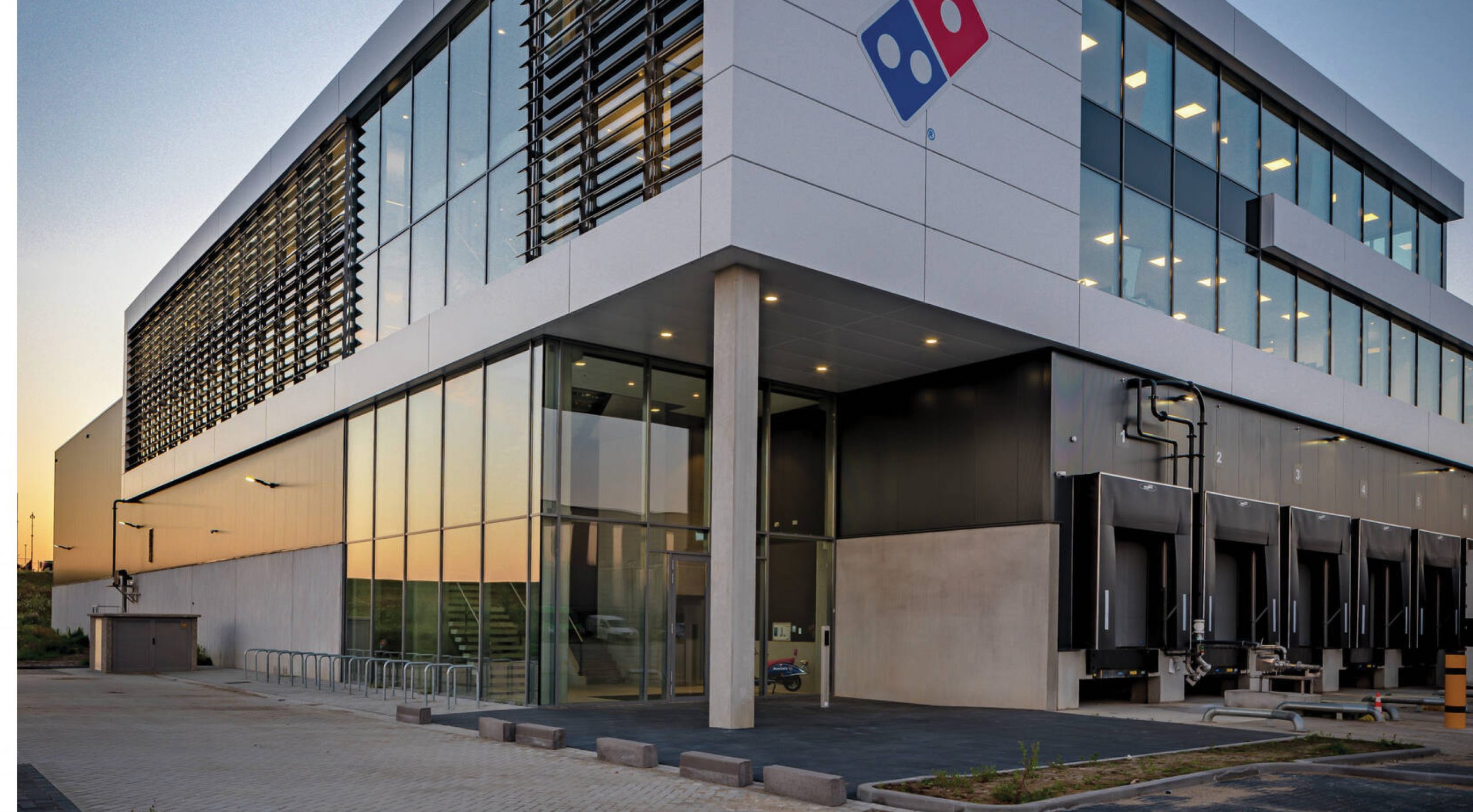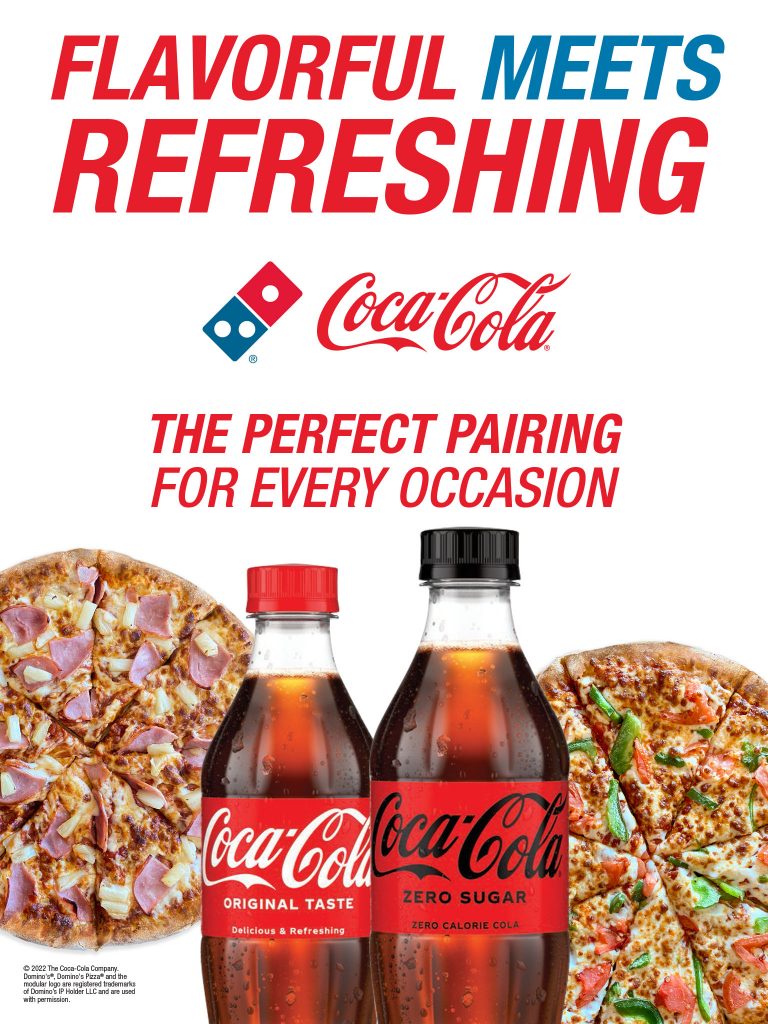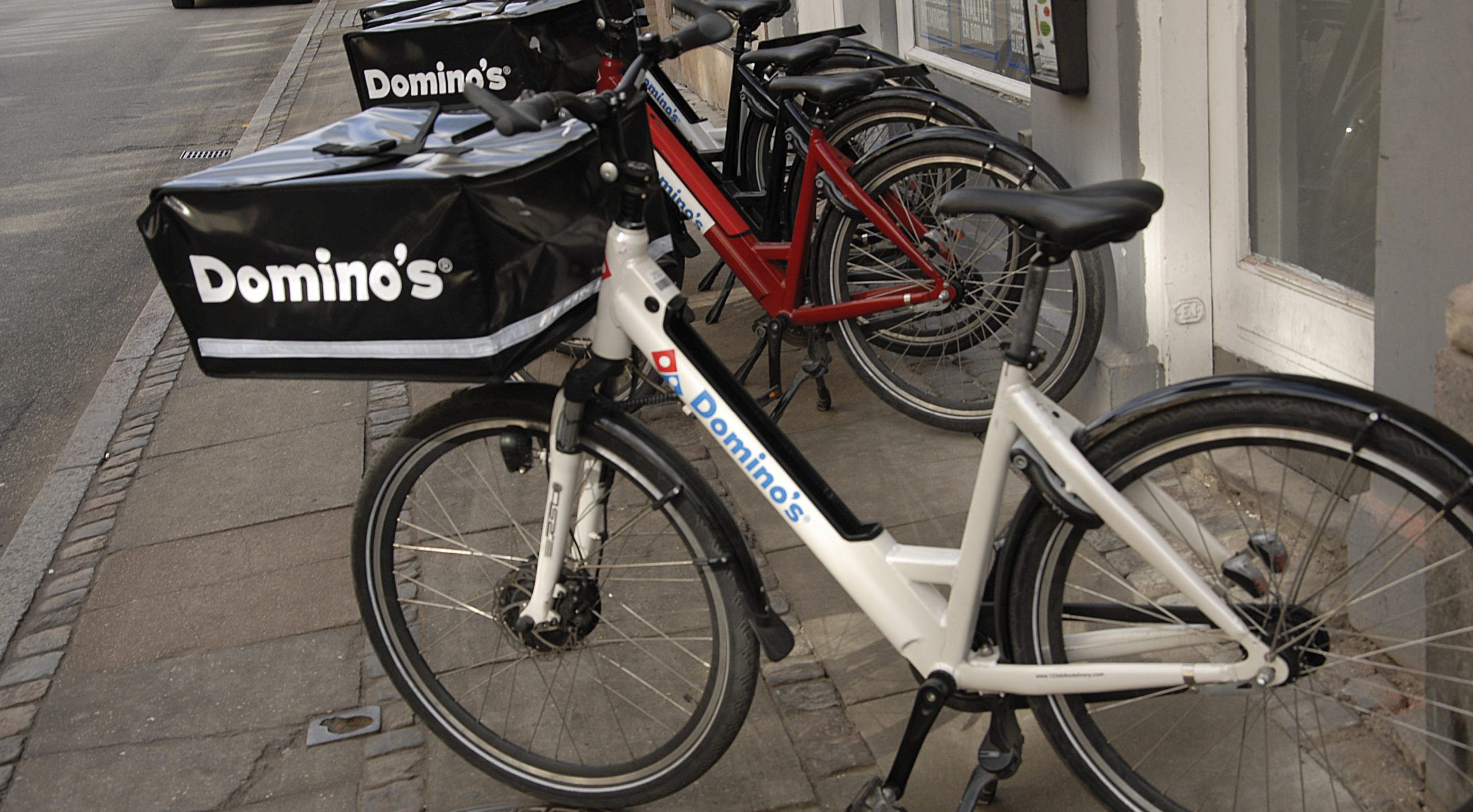Language
You can read the magazine in one of the following languages
Food delivery already held a fond place in our hearts, but the pandemic turned what was a nice-to-have into an essential, hastening the arrival of what Domino’s Pizza Enterprises CEO Europe Andre ten Wolde describes excitedly as “the age of delivery”. With delivery in its DNA and with pizza a firm favourite with at-home diners, Domino’s is gearing up for major growth.
Although the pandemic accelerated the trend, Andre reveals that a steep rise in demand was already being seen before the virus came into play when he took the reins in 2020.
“When I took on the role, it was pre-pandemic and we saw delivery growing like there was no tomorrow all over our market, but still at a very low level compared to the US, the UK or even Australia,” he tells The CEO Magazine. “The opportunity I saw was that we just needed more outlets out there.
“We need to grow faster in the number of stores that we’re building on a yearly basis, because we need to get close to our customers and make sure that we benefit from what we call the age of delivery.”
Then of course, the pandemic hit, accelerating the onset of delivery’s coming of age by what Andre estimates as around two years. “It just showed that we were right, that this was going to happen and it was going to happen even faster than we thought,” he says.

It has worked out incredibly well for the 60-year-old delivery business. Although the company does have hybrid restaurants in some parts of Europe, its model is firmly based around pick-up and delivery. The two are considered distinct businesses, but there is a clear emphasis on the latter. In Germany, pick-up accounts for 10 per cent of Domino’s business while delivery makes up the lion’s share with 90 per cent.
Getting stuff delivered has turned into a habit – so that’s obviously good for us.
“That’s our DNA. That’s our reason to exist,” Andre stresses. “Different from Pizza Hut, which started as a restaurant and now wants to be delivery, it was always our DNA.”
During the pandemic, as Domino’s pick-up business halved, its delivery business doubled, Andre reveals. “That means we’ve grown the business massively if delivery was already 90 per cent of our business,” he points out.
However, the business didn’t adapt with such ease across the board. In France, the balance was somewhat different pre-pandemic, with the pick-up business outnumbering its delivery business. But the curfews introduced to limit the spread of the virus meant its pick-up business was virtually wiped out while its delivery business grew.

“We lost almost all of our pick-up business overnight, and then we had to gear up our delivery because we obviously didn’t have the drivers to do double the sales that we did the day before,” Andre shares. “Fortunately, we could do that very fast. So the outcome was different in different markets, but what happened is essentially the same. Delivery grew exponentially from one day to the other, and our pick-up sales hurt pretty badly.
“The net outcome, if you are a delivery business, is a positive one. But if we were 100 per cent delivery business, it would have been even better.”
Even as life begins to return to some semblance of normality as vaccination rates rise around the world, Andre is confident the public’s love of delivery will stay strong. “We see it continuing to grow, and we don’t believe for a second that people will change their habits if everything goes back to normal. We have no indication that’s going to happen,” he says. “Getting stuff delivered has turned into a habit – so that’s obviously good for us.”

Another positive effect of the pandemic has been the chain’s ability to attract staff, something which had been growing increasingly challenging in the preceding months and years. “Although growth was there, other delivery businesses were growing as well, so they also needed staff,” he says. “And in many of our markets, the first place the new guys look at to get staff is somewhere with people that know how to do delivery, so they look at Domino’s and see if they can get staff from us.”
However, the onset of the pandemic suddenly meant that students and restaurant staff were now at a loose end and available to do deliveries. Over the first six months, the company hired around 10,000 people, according to Andre, who adds it is still on the lookout for more.
“The pandemic has helped us bring a lot of good new people in. But looking forward, I think that our biggest challenge will be to staff our stores with the right people,” he reflects. “The age of delivery will also mean that there’s going to be high demand for people to deliver whatever it is – groceries, packages, hot food, shoes, clothing – to people in their homes. That is the biggest challenge.”
We’re still testing autonomous deliveries with robots in Berlin and Copenhagen.
Automation will certainly play a role in plugging the gap, he predicts, referring to a 2018 trial of robotic deliveries with Estonian robot manufacturer Starship in Rotterdam and Hamburg. “We’re still testing autonomous deliveries with robots in Berlin and Copenhagen,” he adds. “That will happen. It will not replace our workforce, but to me that is one of the solutions for getting enough staff. Because these days, like I said, everything is going to be delivered.”
Now growth is firmly on the agenda. “We need to double or triple our store openings yearly,” Andre insists. “And we can because everything is there that we need – the franchisees that want to expand and the managers who want to become franchisees.”
For Domino’s, it’s not just about delivering a piping hot box of oozing comfort food to its customers. Andre says it’s way more than that. “It’s easy to order with us; we deliver fast, and it’s a consistent quality,” he shares. “I think we bring a little bit of ease to people’s daily lives.”
